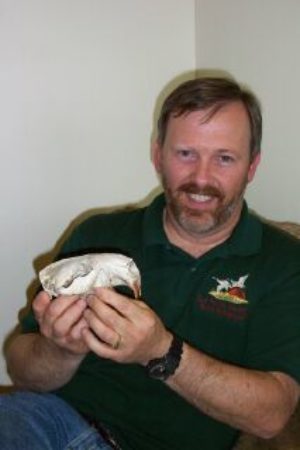Innovation Anthology #1: Associate Professor, Renewable Resources

Busy as a beaver is the famous saying. So why would beavers take shortcuts?
That’s a surprising discovery ecologist Dr. Lee Foote and his graduate students made when they investigated whether roads act like beaver dams in the forest.
In their second year, young beavers are booted out of their parents lodge to go make their own way in the world. What Dr. Foote’s team from the University of Alberta found is that these "youngsters on the move"often take up residence in road beds. All a beaver has to do then, is plug the culvert under the road, watch the water back up, and before too long, he has an instant beaver pond to call home.
While this is good for the beavers, it causes all kinds of problems for the people who build roads for oil, pipeline, and forestry operations.
In nature, it’s the sound of running water that compels beavers to build dams.
That’s why Dr. Foote suggests road builders replace bridges and culverts with a technology called "the French Drain". Water moves through, not over, this large cobble substrate. So there’s no gurgling sound. And there’s nothing for a beaver to dam.
Thanks today to the Sustainable Forest Management Network.
FOR INNOVATION ANTHOLOGY, I’M CHERYL CROUCHER.
Guest
Lee Foote, PhD,
University of Alberta, Edmonton, Alberta, Canada, lfoote@ualberta.ca
Sponsor
Sustainable Forest Management Network
Established in 1995, The Sustainable Forest Management Network is one of Canada's 22 Networks of Centres of Excellence. The SFMN administrative center is hosted at the University of Alberta, Edmonton, Alberta, Canada. The Network brings together top scientists, forest managers and practitioners, First Nations leaders and governments to address known and emerging challenges to forest sustainability.
![]()
Program Date: 2007-01-16